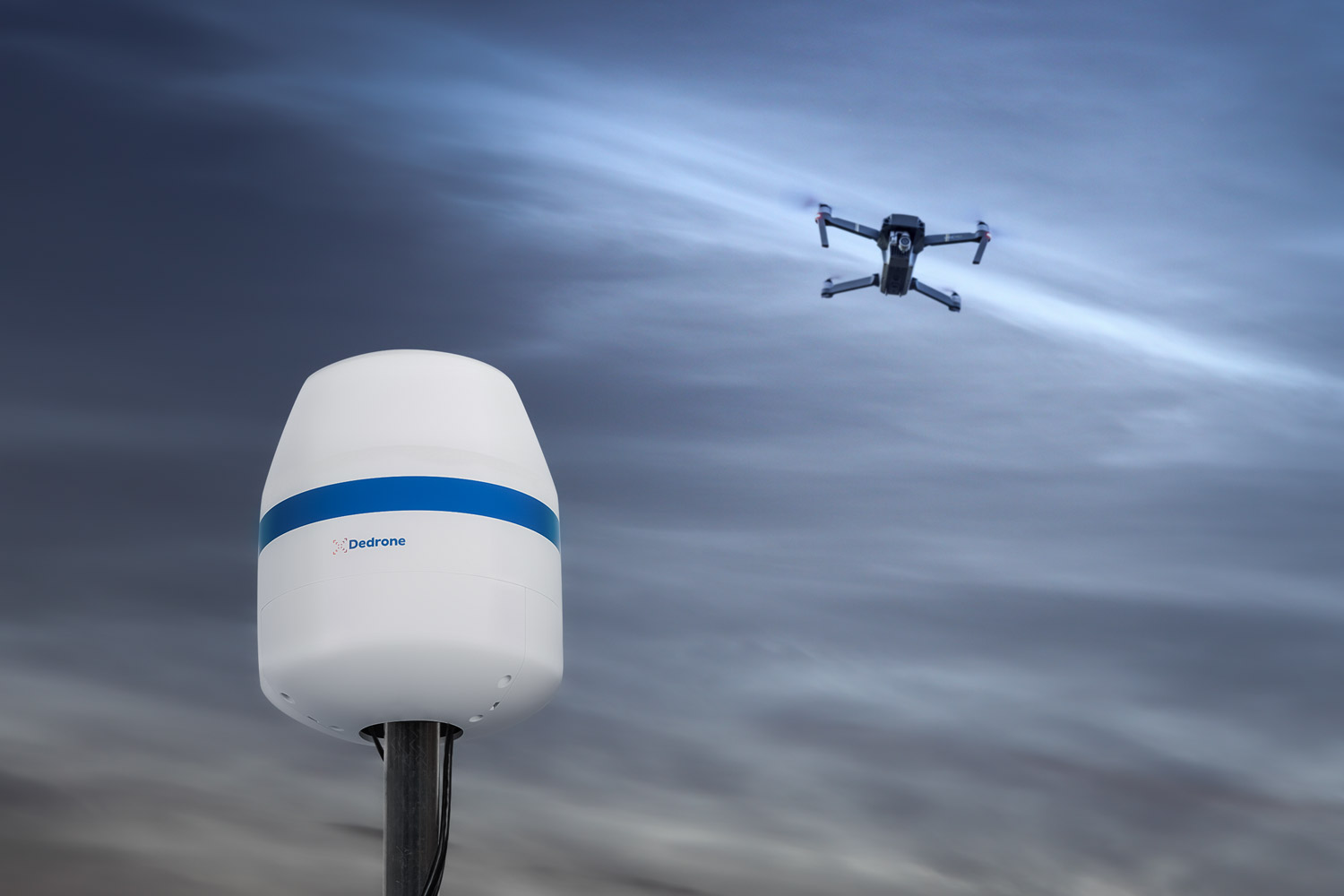Thank you! Your submission has been received!
dedrone blog


As more drones take to the skies and are used as an aid tool to solve many of the problems stemming from COVID-19, the increase of drone activity presents significant risks for Dedrone customers and those looking to protect their airspace against unauthorized airspace activity.
News reports from all around the world show how drones are being used for last-mile delivery of medical supplies, supporting law enforcement to monitor the areas they protect, and as a way for journalists and hobbyists to capture unprecedented footage of the world as we shelter in place.
Both observing anecdotally in the news, and confirmed through data collected through Dedrone’s DroneTracker database; it is clear that amid this global shutdown, drones are coming to the skies in increasing numbers and will continue to take flight.
The majority of drone operators will heed laws and regulations. However, drones continue to be used by bad actors, looking to exploit security vulnerabilities in the airspace. For example, unauthorized drones were observed near a U.S. Naval operation in Los Angeles, where a hospital ship was stationed to receive COVID patients. Even with the best intention for innovation, researchers are looking to adapt drones in the COVID-era to distribute disinfectant on the ground below. Journalists are taking flight over empty stadiums and Fortune 500 campuses.
COVID-19 era drone activity further demonstrates the persistent and escalating security issue which Dedrone is here address with our complete, end-to-end, counter-drone technology platform. Drone incursions, or malicious drone activity, have significant risks and consequences for organizations, including smuggling, surveillance, cyber attacks, physical damage, and weaponization, all of which threaten business continuity and reputation.
An increase in drone traffic leads to higher risk of airspace incidents, as well as unprecedented levels of opportunistic behavior. Dedrone customers are security teams who are protecting some of the world's most critical operations, including military installations, airports, correctional facilities, utilities, and other critical national infrastructure. Organizations around the world are in critical operation mode, and pivoting business processes, including how to approach their security when resources maybe limited.
When security teams are focused only on critical operations of a facility, new vulnerabilities are being exposed. A perfect example of this is what Dedrone sees with opportunistic negative use cases of drones near critical infrastructure and Fortune 500 HQs, manufacturing plants, and other business-critical establishments.
Drones can conduct reconnaissance activities when they’re not being detected or going unnoticed, leaving bad actors plenty of time to prepare for more sophisticated acts of sabotage.
In order to address airspace risk, organizations first need to understand what a drone is capable of, and from there, they’ll know what they need to protect their organization against.
All organizations protecting critical infrastructure, intellectual property, or other sensitive assets will need to have a robust set of procedures to protect against these threats. Therefore, the ultimate aim would be to use their standard security and defense procedures and expand to include lower airspace events.
Companies first need to build a full drone airspace security strategy, and that begins with quantifying their airspace activity. Is the threat real for me? This foundational question can be satisfied with a cost-effective threat assessment. From there, security providers will then want to ask more questions, such as observing the actual drone, and seeing what it’s doing and where it is flying.
Building on this foundation, security leaders can then implement standard operating procedures in line with tried and tested security and defensive methodologies. Organizations may want to implement passive countermeasures against drone activity to protect and defend their operations by simply closing out the visual line of sight to the drone, shutting off WiFi networks, moving sensitive IP, or alerting law enforcement. Over time, drone detection technology will be aggregated into other security platforms and traffic management platforms.
There is a greater need for a robust air traffic management system that integrates information from drone pilots who are cooperating with local and federal law sand regulations but also includes counter-drone technology data to capture uncooperative or malicious drone activity.

We help customers on their journey to understanding their airspace risk and provide tools for them to address and mitigate their specific threat from the misuse of drones. Dedrone’s products and services are tailored by vertical.
As our global customers look to protect their operations during the COVID-19 shutdown, and soon turn their thoughts towards recovery and resuming regular operations, Dedrone technology remains steadfast and available to continuously monitor and protect the lower airspace at the world’s most critical sites.
Request a free consultation with an airspace security specialist.
Published
September 10, 2020
| Updated
April 25, 2023

About the author
AD leads the global Dedrone team, advancing our vision of airspace security. He has advised and partnered with multiple CEOs, boards and management teams to build and scale highly successful companies globally.